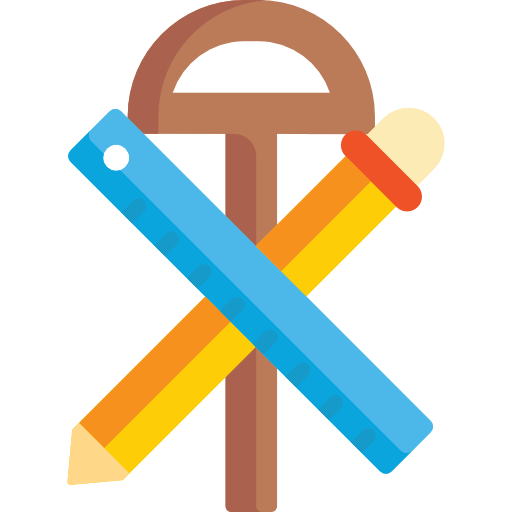Paper and Board
Paper and Board
All paper and board is made from wood. The thickness and finish varies to create a whole range of products:
Tracing paper – See through to allow you to copy through it, smooth to allow the drawing of fine lines.
Cartridge paper – A good quality paper with a soft surface made especially for drawing and sketching.
Grid paper – Printed paper for specific tasks, squared, isometric and graph paper are the most common.
Inkjet paper and card – Treated especially to allow it to dry quickly when inked through a printer.
Corrugated card – Layers of rough paper surround a zig zag layer to provide a strong, soft layer for cheap, protective packaging.
Cardboard – A cheap, rough thick board which can be printed on and recycled.
Bleed proof paper – Suitable for paint and ink to stop the colour spreading (bleeding) across the page.
The size of paper uses an ‘A’ scale A1, A2, A3 etc and weight is measured in grams per square metre (GSM), above 200gsm paper becomes officially known as board.
Some paper and board are laminated with another material to give a specific property:
Foil backed card – Plain card laminated to foil for food packaging to reflect heat, hold in moisture and maintain taste.
Foam board – A sandwich of foam between two sheets of board makes a rigid sheet suitable for model making and mounting projects.
Tools of the trade:
We all regularly use paper and board cutting tools some more than others:
Scissors – Good for fine detail and speed. Decorative edge scissors can be used for an interesting finish.
Knives – Craft knives, scalpels and rotary cutters can be used to slice paper and board accurately.
Guillotines –Multiple sheets can be cut at once with a guillotine but only straight cuts, Perfect for trimming straight edges.
Laser cutters – An expensive way to cut your paper but it can repeatedly cut exactly the same CAD drawing using a thin burning laser beam. It is able to cut really fine detail and decoration.
In industry CAD/CAM is used to produce packaging and net shapes. A 2D shape can be printed with decoration or information before cutting. A die is a knife sharp shape which when applied to a multiple layer of paper or card under pressure can cut through and score exactly the same shape repeatedly.
